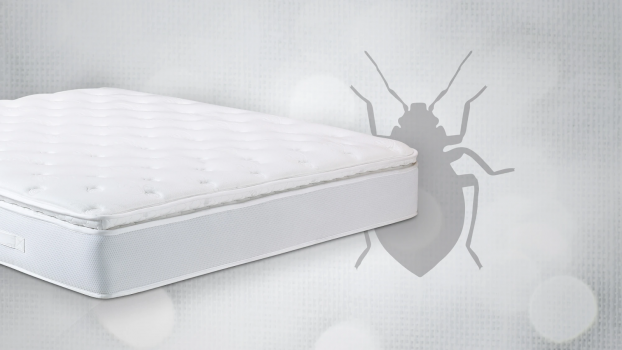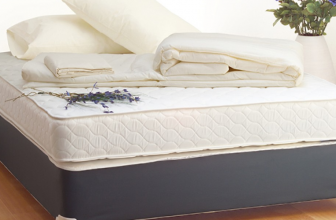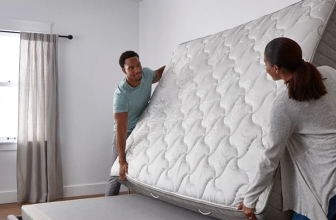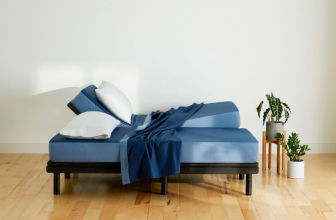Brief: How To Get Rid Of Bed Bugs In A Mattress
- Introduction: Bed bugs, once seen as good luck creatures, are now known as pests. They are commonly found in mattresses, making eradication essential.
- Identification: Bed bugs are parasitic insects feeding on warm-blooded animals’ blood. Adults are reddish-brown, while nymphs are lighter. They live about 12-18 months and are primarily nocturnal feeders.
- Habitat: Bed bugs are not just found in beds but also in furniture like couches and dressers. They favor mattresses due to their stability and proximity to human hosts.
- Removal Steps:
- Identify Infested Areas: Check all areas, not just the mattress.
- Kill Bedbugs: Use pesticides or other methods like diatomaceous earth.
- Clean Infested Areas: Thoroughly clean and treat all related areas.
- Protect the Bed: Use encasements or repellents to prevent re-infestation.
- Professional Help: Consider professional pest control for severe infestations.
- FAQs:
- Recognition: Signs include small fecal spots, musty odor, and tiny black dots on mattresses.
- Treatment: Vacuuming, steam cleaning, and insecticides are effective methods.
- Prevention: Regular cleaning, using mattress covers, and inspecting second-hand items can prevent infestations.
- Natural Remedies: Essential oils like lavender and tea tree oil can help.
- Disposal of Infested Mattresses: Wrap securely in plastic and use professional services for disposal.
- Conclusion: Bed bugs are a significant concern in mattresses. Regular inspection, cleanliness, and appropriate treatment methods are crucial for eradication and prevention.
There’s no doubt that bed bugs are a nuisance – so how do you get rid of bed bugs in a mattress? Before the bed bugs were considered pests, they were originally seen as creatures that could bring good luck.
This may have been because they are relatively easy to avoid and are not aggressive, either towards people or other animals. In fact, it has been suggested that bed bugs may have fed on animals in the wild.

While most of us are familiar with the pesky critters that live in our homes, the common bed bug is an insect that often is only transmitted through various forms of public transportation.
Although they may be known for residing in homes, hotels and hostels are actually the most common locations for bed bugs to populate. The reason for this is simple: since mattresses are sturdy pieces of furniture that don’t get moved around much, they are a perfect nesting area for these insects.
Finding bed bugs in your mattress or in your room is a shock, as they may spread if not treated in time. You should know how to get rid of the bed bugs from your mattress. To do so, you can either use a natural approach or buy an insecticide. Both methods are effective, but it is up to you to decide which one to choose.
What are bed bugs?
Bed bugs are parasitic insects that feed on the blood of warm-blooded animals. They have five immature nymph life stages and a final adult stage. The adults are reddish-brown, flattened, and have no hind wings. Adults grow to 4–5 mm (1/5 in) long and 1.5–3 mm (1/25 in) wide.
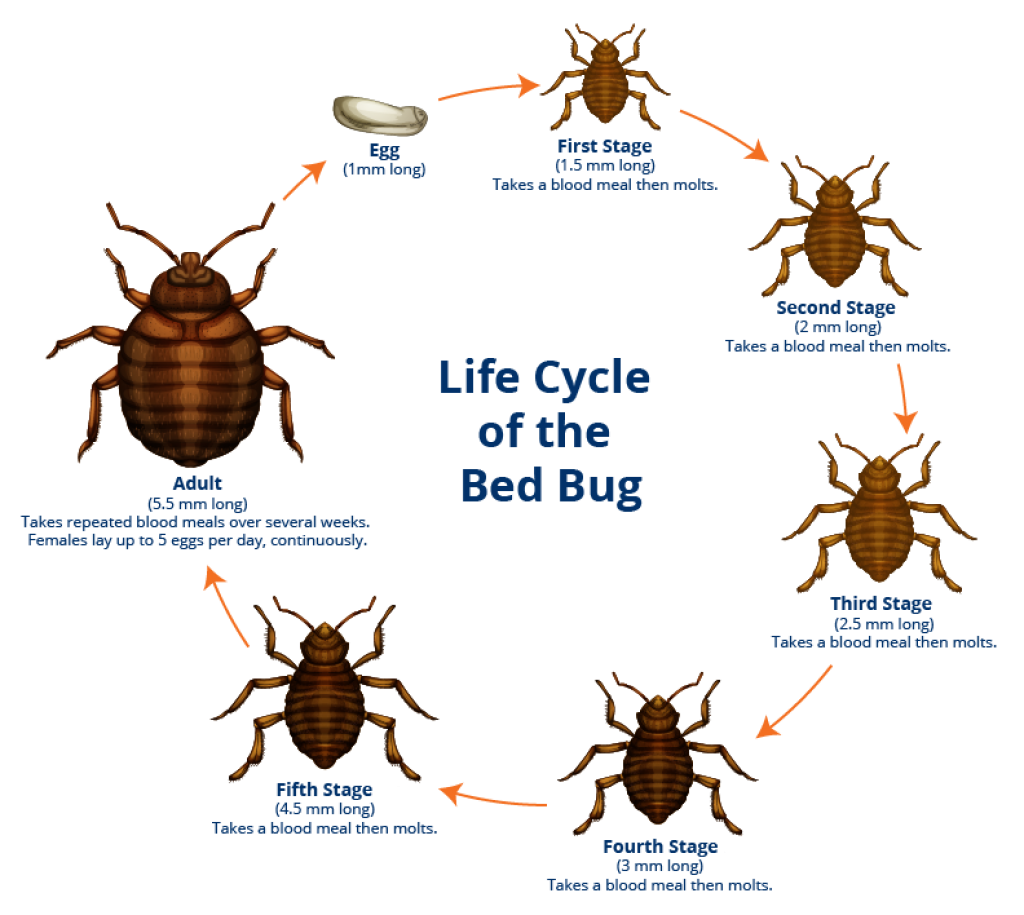
Newly hatched nymphs are translucent, lighter in color, and become browner as they molt and reach maturity. A bed bug’s lifespan is roughly 12 to 18 months, and they can survive a few months without a blood meal.
Their flattened bodies allow them to fit into small spaces and hide in tight areas like bed frames, mattress crevices, and headboards. They also tend to come out at night when the hosts are asleep, and they tend to feed on multiple people before moving onto another host.
It is found in temperate and tropical climates worldwide.
Where are bed bugs found?
Despite their common name, bed bugs are not exclusively found in beds. In fact, they are often found in mattresses, box springs, bed frames, and headboards, where they have easy access to humans while we are sleeping.
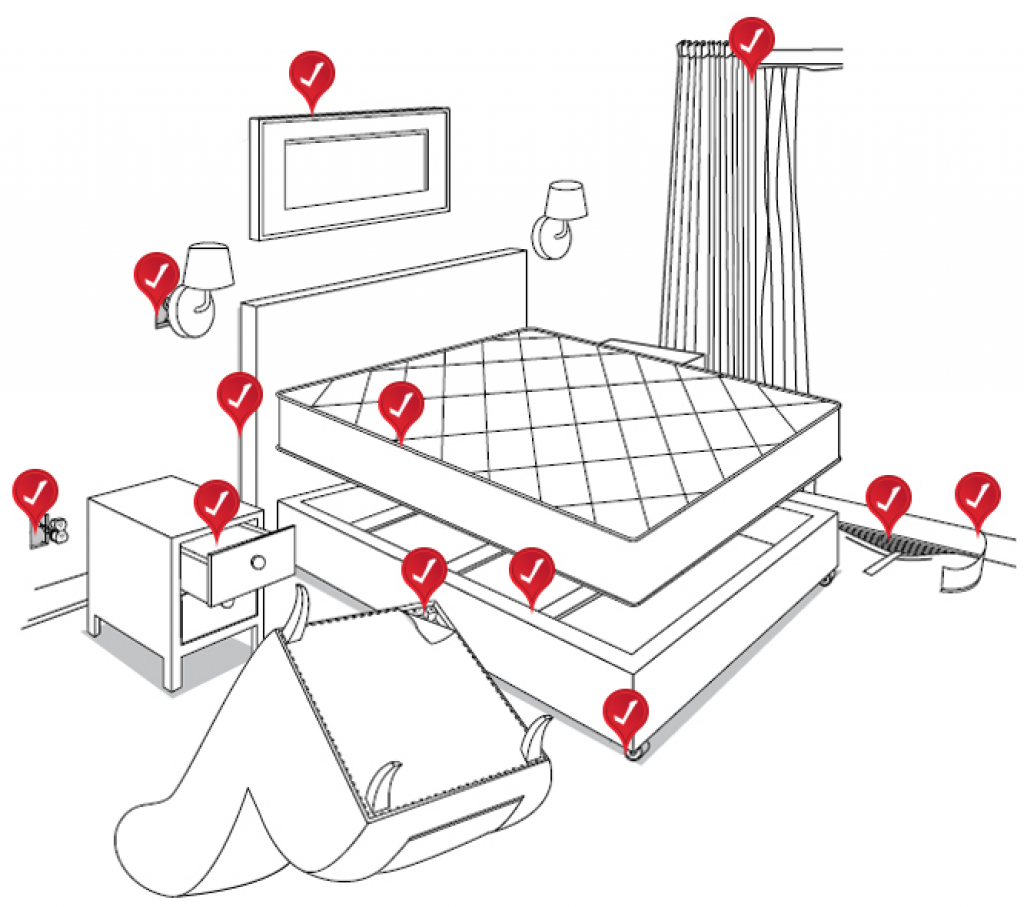
They are most commonly found in places where people sleep, but they can also be found in couches, chairs, carpets, and even dresser drawers.
How to remove bed bugs from a mattress
Once you have bed bugs, it’s hard to shake them off. Not only do they have wiggly, hard-to-get-rid-of bodies you can’t see with the naked eye, but they reproduce every few weeks as well.
Unlike fleas, which pass the same genetic traits to their offspring as parents, bed bugs have babies that look like mini versions of their parents. So, while repellent sprays might work on fleas, they won’t work on bed bugs. That’s why it’s important to know what to do—before the bed bugs start biting!
Identify all infested areas
Identifying all infested areas is the most important step in getting rid of bed bugs. Bed bugs can hide behind the slightest crack in the wall, under the carpet, and even inside electrical outlets. In fact, all the bed bugs will not be present on the mattress.
Therefore, it is important to inspect the mattress and the bed frame, box spring, headboard, and other pieces of furniture in the room.
There are many ways to get rid of bed bugs, but the most effective are pesticides containing active ingredients such as permethrin or cyfluthrin. These ingredients kill both bed bugs and their eggs alike.
Kill the bedbugs
As they struggle to remove bedbugs from homes continues, many homeowners who have been affected by this pest now have to face the possibility of what to do with their bedding and mattresses once they have been treated.
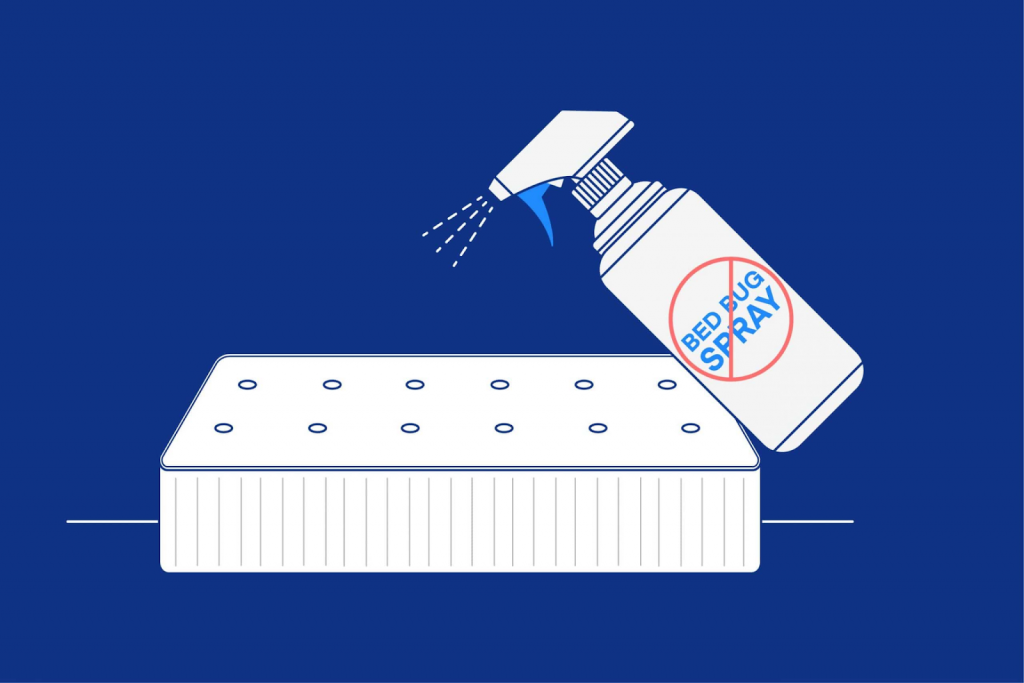
You can get rid of bed bugs in several ways, but the most common method is to use pesticides. The problem with pesticides is the fact that you will have to put a lot of effort into ensuring that all the bed bugs have been eliminated, and the pesticides can be harmful to other living things.
Also, the key to contact and kill bed bugs is to use a pyrethrin-based insecticide combined with an insect growth regulator (IGR), like diatomaceous earth. Although insecticides have proven to be effective, they’re usually messy and may stain.
The best way to treat your mattress once the bedbugs are gone is to encase it. Encasements work like sealed-off, protected tents for your mattress. They’ll keep bed bugs from making a comeback, and they’re a lot easier to deal with.
You need to make sure you kill them all. If you’ve got an infestation, you want to make sure you kill every last one. After all, if you only kill some of them and keep your bed there, you can attract new ones.
Clean all infested areas
It’s important to note that you cannot treat a mattress without treating everything in contact with it, so be prepared to treat your bed frame, box spring, and everything else that comes in contact with your mattress.
Protect your bed
Preventing bed bugs is much harder than ridding your home of them, but there are a few things you can definitely do to protect your bed.
For a start, you could consider using a mattress encasement or a special barrier spray to stop them from climbing onto your bed and biting you.
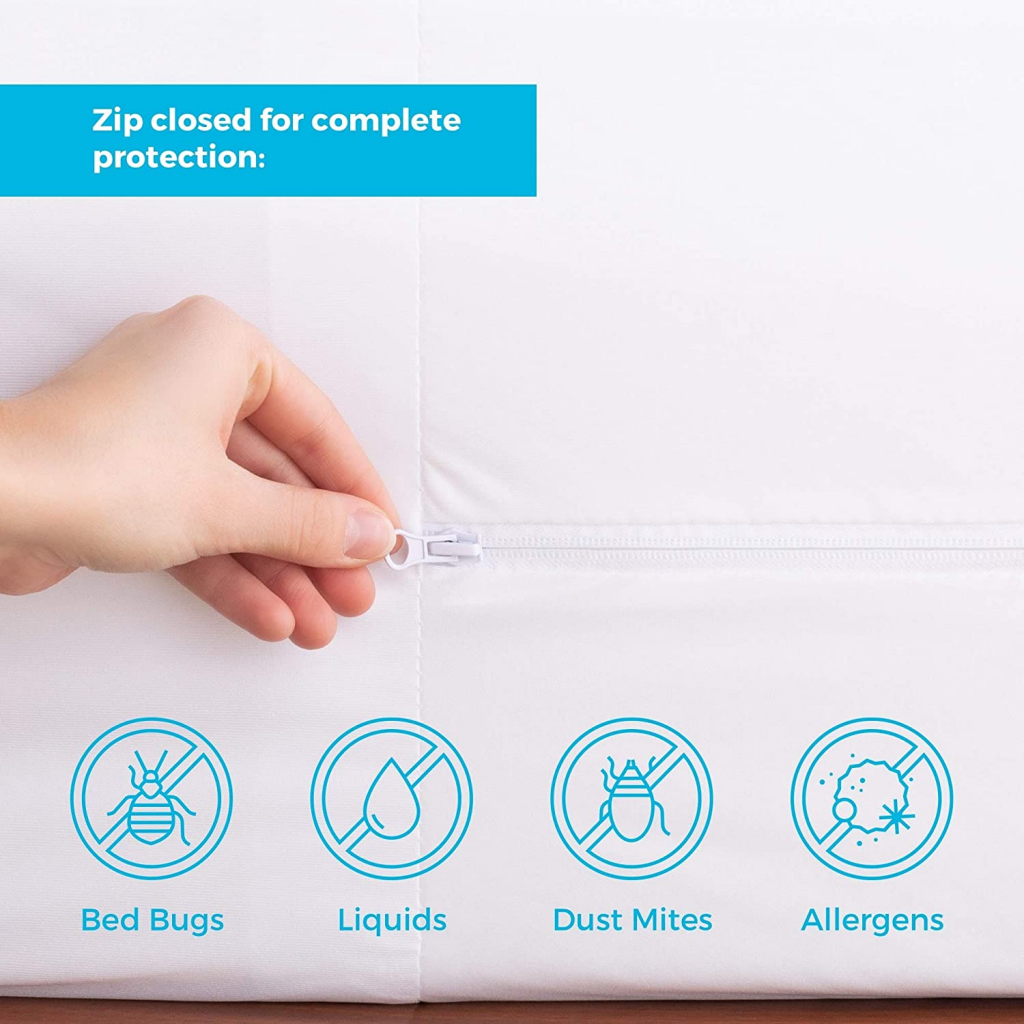
You could also use bed bug traps on your bed to find out if you have bed bugs, and there are also a few bed bug repellents you could use to deter bed bugs from climbing onto your bed.
Get the pros involved
If you suspect you have bed bugs, it’s important to treat your mattress and remove the bed bugs from your mattress as soon as possible. Bed bugs are difficult to get rid of, and you may have to repeat the treatment several times.
In severe cases, the U.S.A. Environmental Protection Agency (EPA) recommends that the mattress be discarded and replaced with a new one. If you spot signs of bed bugs, call a pest control company immediately.
FAQ
What are bed bugs?
Bed bugs are small, reddish-brown parasitic insects of the family Cimicidae. They feed solely on the blood of humans and animals and live in temperate climates.
How do you know if you have bed bugs in your mattress?
Signs of a bed bug infestation include small reddish-brown fecal spots on bedding and mattresses, a musty odor, and tiny black dots along the seams of a mattress.
How can you get rid of bed bugs in a mattress?
The best way to get rid of bed bugs in a mattress is to use a combination of vacuuming, professional steam cleaning, and insecticides. You may want to consult a professional pest control expert for the best and safest treatment.
What type of mattress is best for avoiding bed bugs?
Firm mattresses tend to be less attractive to bed bugs because it does not provide the same hiding places and warm environment for them as softer mattresses.
What are some tips for keeping bed bugs off a mattress?
To help prevent bed bugs from getting into your mattress, avoid bringing secondhand furniture, clothing, and mattresses into your home. Use mattress covers to keep bed bugs off of your mattress, and vacuum and wash bed sheets regularly.
How do you clean a mattress after getting rid of bed bugs?
It is important to thoroughly clean your mattress after getting rid of bed bugs. Vacuum the mattress and seams to remove any remaining bugs or eggs, and steam-clean if possible.
Can essential oils get rid of bed bugs in a mattress?
Some essential oils, such as lavender and tea tree oils, have been shown to have insecticidal properties and could be used in combination with other methods to help eradicate bed bugs from a mattress.
What measures should be taken to prevent bed bugs from getting into a mattress?
To help prevent bed bugs from getting into your mattress, keep up with regular house cleaning, vacuum often, and inspect any second-hand items or furniture before bringing it into your home.
How often should you check a mattress for bed bugs?
It is recommended to inspect your mattress for bed bugs at least once a month in order to catch infestations early and prevent them from spreading.
Can bed bugs live in a memory foam mattress?
Yes, bed bugs can find hiding places in a memory foam mattress, just like any other mattress.
Can bed bugs live on a Firm Mattress?
Yes, bed bugs can live in any type of mattress, but they are less likely to inhabit firm mattresses due to the lack of hiding places and warmth.
How can you prevent bed bugs from spreading on Mattress?
Covering your mattress with a mattress cover can prevent bed bugs from spreading on the mattress. Additionally, regularly vacuuming your mattress, washing your sheets, and inspecting any second-hand furniture can help prevent a bed bug infestation.
Is there any special care needed for Mattress to keep them bed bug-free?
Using mattress covers, vacuuming regularly, and inspecting for bed bugs are all important measures for preventing bed bugs on any type of mattress. Additionally, firmer mattresses should be rotated and flipped regularly to prevent sagging or indentations, which can provide hiding places for bed bugs.
Are there any natural methods for getting rid of bed bugs in a Mattress?
Yes, some natural remedies for bed bugs in a mattress can include washing bedding and clothes in hot water, using essential oils such as lavender or tea tree oil, and using a vacuum cleaner to remove bugs and eggs.
How should a Mattress be disposed of if infested with bed bugs?
It is not recommended to simply discard a mattress that is infested with bed bugs, as this can actually spread the infestation to other locations. The best way to dispose of a bed bug-infested mattress is to wrap it securely in plastic and have a professional take it away.
You may want to revisit some parts of the article

